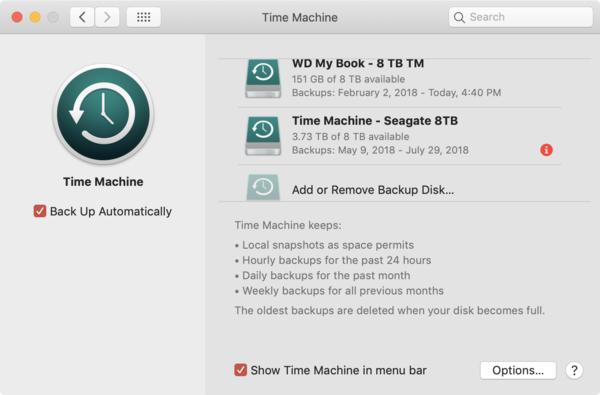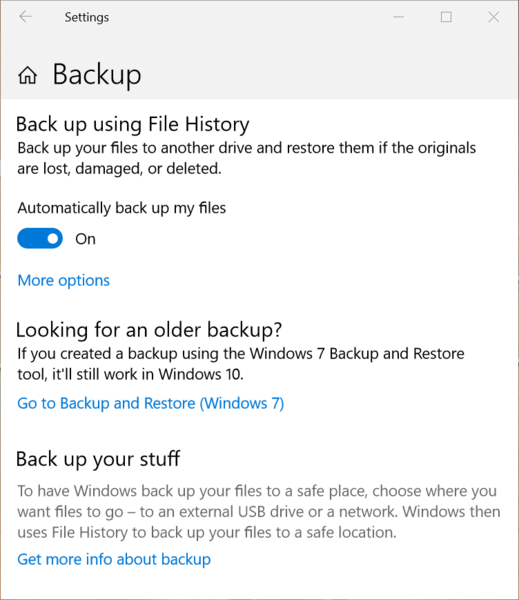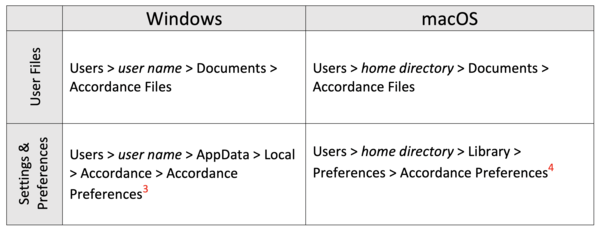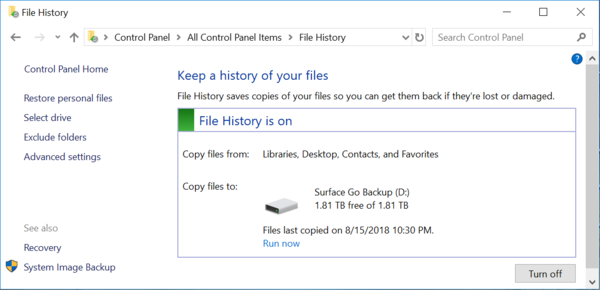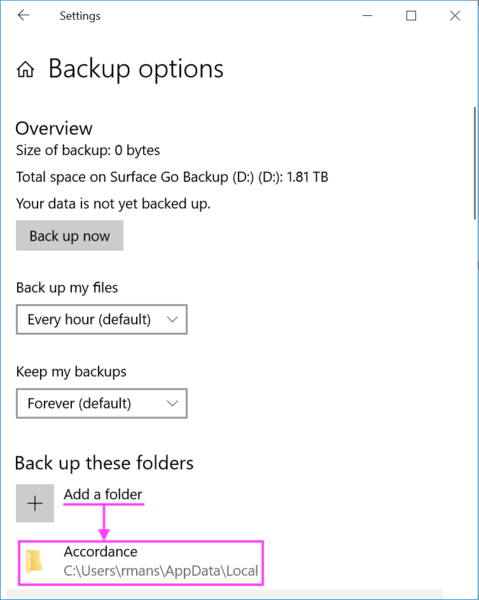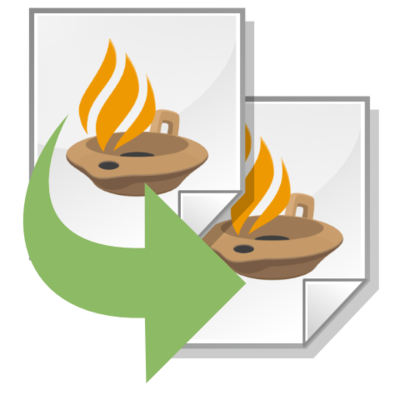
I probably over-back up, so I am not necessarily recommending that you do what I do. I have a local external hard drive that serves as my primary backup, but I also back up to the cloud, and I even have an offsite external drive backup that I update every few months.
My focus in this post is to help you confirm your Accordance files in Windows or macOS are backed up.1 When it comes to the purchased titles, in your Accordance Library, you’re always covered. Even if you were to lose your laptop, you could re-download all your Accordance titles to your new device. But what about your personal content?
You may have years’ worth of Bible study notes, User Tools, and Paper documents. Perhaps you live by your Highlights and would be lost without them. Or you’ve spent lots of time customizing your Library folder structure and the Accordance Toolbar. Let’s make certain that your Accordance files and preferences receive regular backup treatment. I’ll leave it to you to make sure the other content on your computer is backed up, too.
Let me cut to the chase and make this as simple as possible. If you Mac users have a working Time Machine backup, you’re covered; there’s really nothing more you need to do because all your Accordance files are being regularly backed up. The same goes for Windows 8 and 10 users who are running the included Backup utility in Windows2 —with one exception which is detailed in footnote 3 below. This post won’t go into the details of setting up Time Machine on macOS or the Windows Backup utility. If you need help with either of these, see the hyperlinks in this paragraph or the Help files on your computer.
Time Machine backup utility in macOS
If you’re using other backup software, or you’re just curious about such things, read on to discover where crucial Accordance files reside that you’ll want to make certain are backed up.
Backup utility from Windows 10
On both Windows and macOS, Accordance saves files in a couple of places. If you chose default settings during setup, your user-created files (User Notes, User Tools, Paper documents, Stacks, Highlights, Diagrams, and Workspaces) are in a sub-folder of your Documents folder, called simply “Accordance Files.” Your preferences and settings are stored in folders that may initially be hidden. Here’s where to find your Accordance user files, settings, and preferences:
The chart above details where your Accordance files reside according to which operating system you’re using. If you can’t find the folders for your preferences and settings, see the footnotes at the end of this blog post.
If you are using a different backup solution than Time Machine or the Windows Backup utility, make certain that all the appropriate folders above are regularly backed up. Assuming that you have successfully backed up these folders, an Accordance Tech Support representative can help you retrieve your files if you discover they aren’t where they are supposed to be.
Notes:
1 This post primarily concerns Accordance on traditional computing platforms—specifically, Windows and macOS. I may come back at a later time with a post about backup issues on mobile devices as well as files backed up in Dropbox if you are syncing content between devices.
2 In Windows, the same utility is referred to as “Backup” in Settings: Update & Security and “File History” in the Control Panel.
File History in Windows 10
3 There are two important issues to keep in mind about the Accordance Preferences folder in Windows. First, this is a hidden folder. To see this folder in the Windows File Explorer, go to the View tab, and check the box by “Hidden items.” Second, by default, the Accordance Preferences folder is not backed up by the Windows Backup utility. To add this folder to the backup, go to your Backup settings. From there, select More Options and then Add a folder under the Back up these folders section. Navigate to the Accordance Preferences folder and select it to be added to the Backup utility. After you’ve done this, feel free to uncheck the Hidden items box if you no longer need to see these files.
4 By default, the Library folder is hidden in macOS. The easiest way to locate it is to select the Go menu while in the Finder. Then, with the menu visible, hold down the Option key to display the Library folder. Click on Library to navigate to any of the Accordance for macOS Settings and Preferences folders in the chart above.


